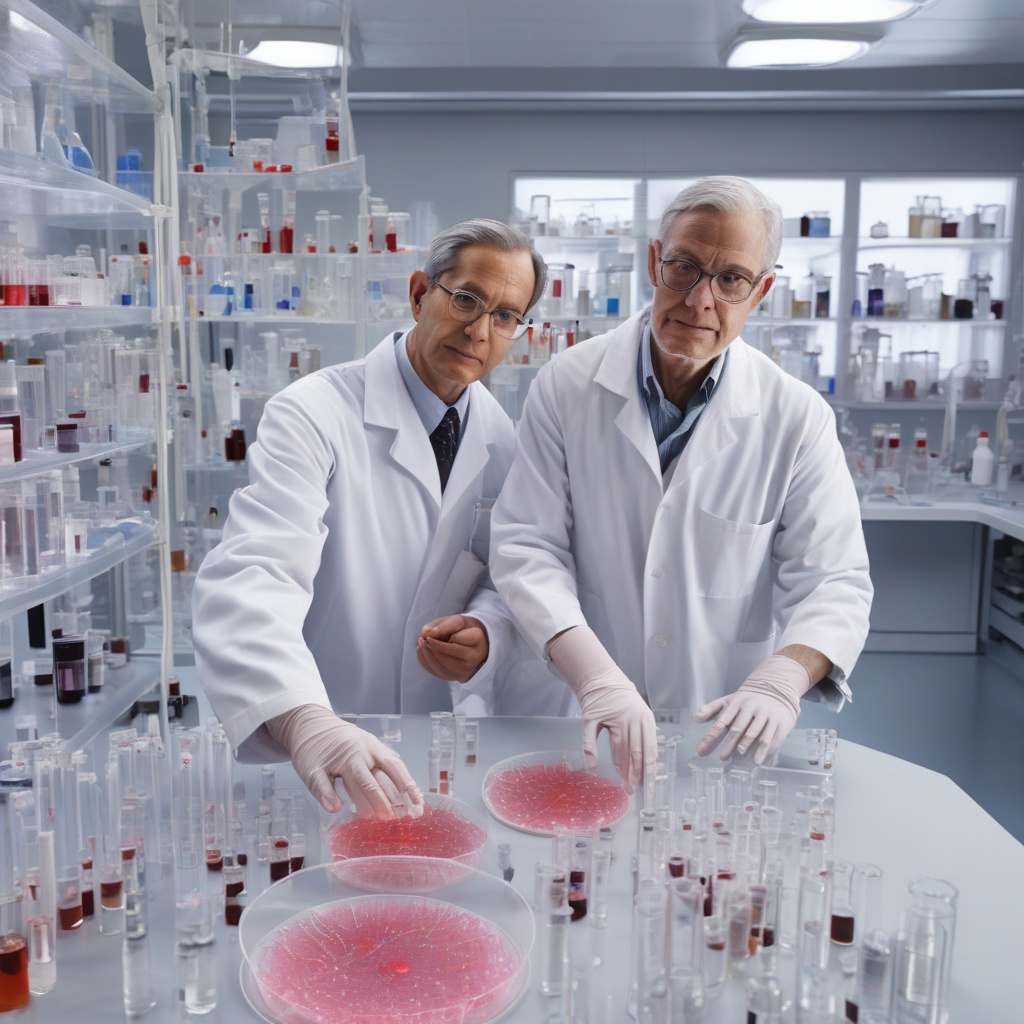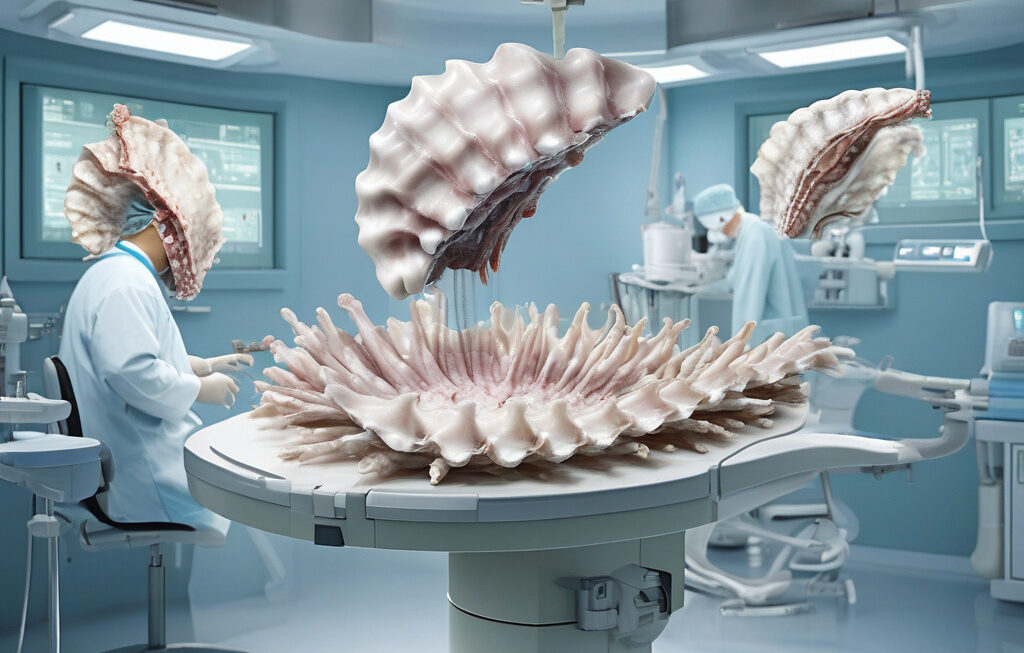Scientists may have found a way to rewind the heart’s biological clock without even touching it directly. By utilizing lab-grown scaffolds that mimic the properties of young and healthy cardiac tissue, researchers have achieved a breakthrough in the field of regenerative medicine. This innovative approach holds the potential to revolutionize the treatment of age-related heart conditions and pave the way for new therapeutic strategies in cardiovascular health.
The human heart is a remarkable organ with limited regenerative capacity. As we age, the heart undergoes changes at the cellular and molecular levels, leading to a decline in its function and efficiency. Age-related heart conditions, such as heart failure and arrhythmias, are among the leading causes of morbidity and mortality worldwide. Traditional treatment methods, such as medications and surgeries, focus on managing the symptoms rather than addressing the underlying cause of the decline in heart function.
In a recent study published in the journal Nature, scientists demonstrated a novel approach to rejuvenating aging hearts. By using bioengineered scaffolds that mimic the extracellular matrix of young cardiac tissue, the researchers were able to create a supportive environment for heart muscle cells to grow and proliferate. This environment not only promoted the regeneration of new cardiac tissue but also enhanced the functional properties of existing heart cells.
The key to this innovative approach lies in the unique properties of the lab-grown scaffolds. These scaffolds are made from biocompatible materials that closely resemble the structure and composition of natural cardiac tissue. By seeding these scaffolds with a specific combination of growth factors and signaling molecules, the researchers were able to create an environment that is conducive to cell growth, differentiation, and maturation.
One of the most exciting findings of the study was the ability of the bioengineered scaffolds to reverse the aging process in heart cells. By culturing aged heart cells on these scaffolds, the researchers observed a remarkable transformation in the cells’ gene expression profiles and functional characteristics. The cells began to exhibit the traits of younger, healthier heart cells, suggesting that the scaffolds had effectively rejuvenated the aging cells.
The implications of this research are profound. If further studies confirm these findings, it could open up new possibilities for treating age-related heart conditions and improving the quality of life for millions of people worldwide. Rather than simply managing the symptoms of heart disease, doctors may one day be able to reverse the underlying aging process in the heart and restore its function to a more youthful state.
In addition to its potential therapeutic applications, this research also highlights the power of interdisciplinary collaboration in the field of regenerative medicine. By bringing together experts in bioengineering, cell biology, and cardiology, the researchers were able to develop a truly innovative approach to heart regeneration. This collaborative effort underscores the importance of breaking down silos between different scientific disciplines to drive progress and innovation in healthcare.
As we look to the future, it is clear that regenerative medicine holds great promise for addressing some of the most pressing health challenges of our time. By harnessing the power of bioengineering and cell biology, scientists are pushing the boundaries of what is possible in terms of rejuvenating aging tissues and organs. The ability to rewind the biological clock of the heart represents a major milestone in this journey towards a future where age-related diseases may no longer be a foregone conclusion.
In conclusion, the use of lab-grown scaffolds to rewind the aging process in the heart represents a significant advancement in the field of regenerative medicine. By creating an environment that mimics the properties of young cardiac tissue, researchers have been able to rejuvenate aging heart cells and restore their function to a more youthful state. This groundbreaking research has the potential to transform the treatment of age-related heart conditions and pave the way for new therapeutic approaches in cardiovascular health.
#hearthealth, #regenerativemedicine, #cardiology, #biotechnology, #innovation











